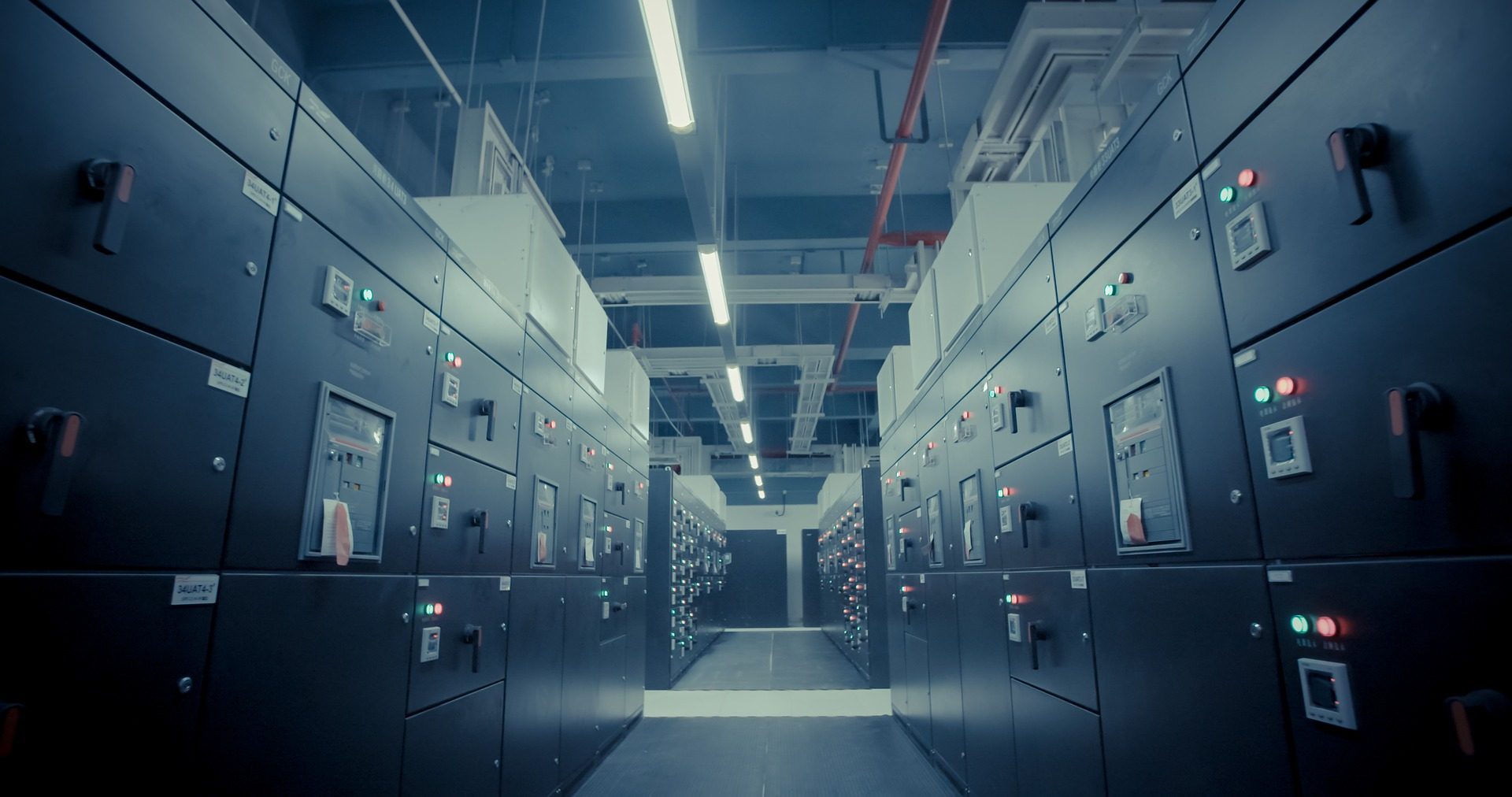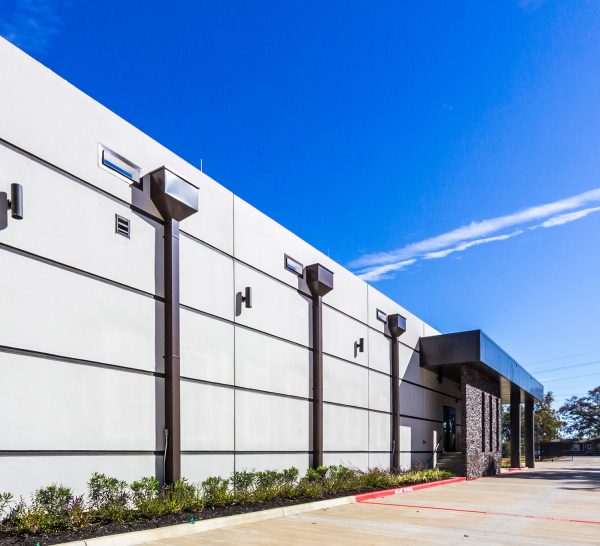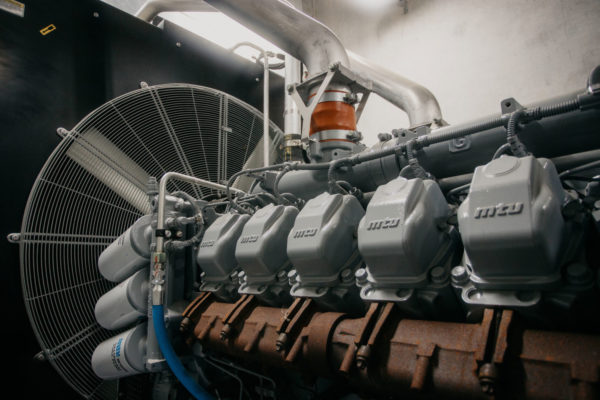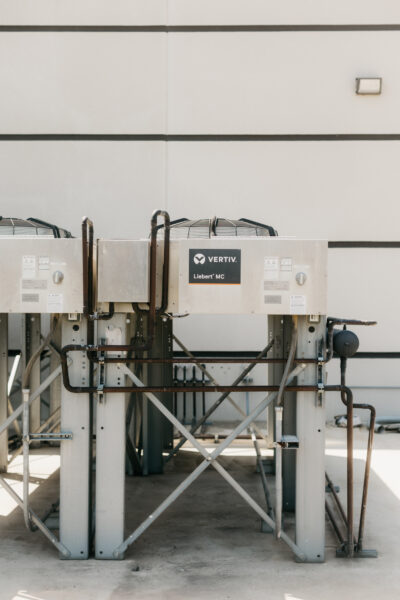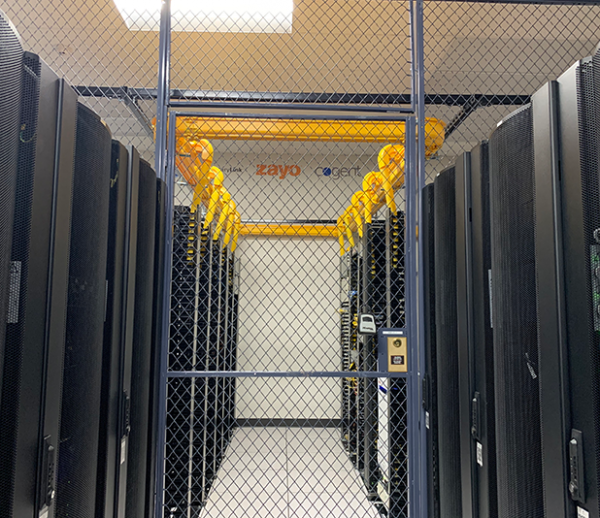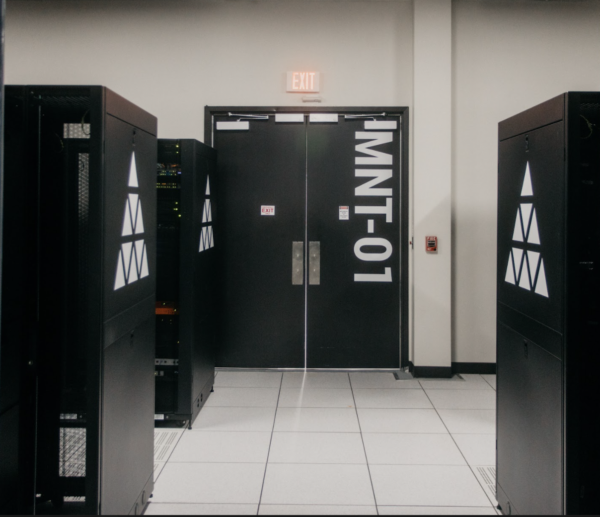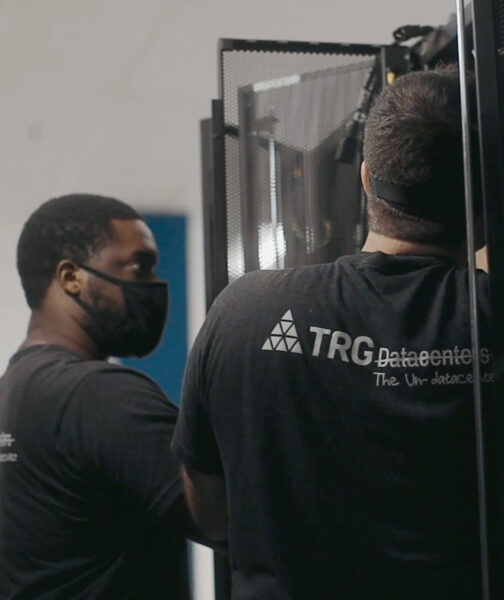What is kVA? kVA, or kilovolt-amperes, is a foundational concept in electrical systems. It’s one of those things every professional in the field—whether you’re an electrical engineer, an electrician, or a data center designer—needs to not just understand but really master.
At TRG Datacenters, we see this every day. kVA touches every decision we make when it comes to building resilient, efficient, and scalable infrastructures. Let’s break it down, from the basics to the advanced, and keep it practical for real-world applications.
kVA in Simple Terms?
Think of kVA as the total power available in an electrical system. It’s a measure of apparent power, which includes two key components: real power (measured in kW) and reactive power.
Real power is what actually gets work done—it powers your servers, your cooling systems, and your lights. Reactive power, on the other hand, doesn’t do any direct work, but it’s critical. It maintains the voltage needed for current to flow, especially in systems with inductive loads like motors or transformers.
kVA gives you the complete picture of what a system can handle, making it essential for capacity planning.
The Difference Between kW and kVA
The distinction between kW and kVA boils down to efficiency. kW measures real power, while kVA includes the total power, both real and reactive. The ratio between the two is the power factor, which indicates how efficiently a system converts apparent power into real power. Most systems operate with a power factor between 0.7 and 0.95, depending on the type of equipment involved.
A resistive load, like a traditional light bulb, has a power factor of 1. Inductive or capacitive loads—things like HVAC systems, motors, or transformers—bring that factor down because of the reactive power involved. To calculate the relationship, the formula is simple:
kW = kVA × Power Factor
For instance, in a system with a 0.8 power factor, 100 kVA equals 80 kW of real power.
How to Calculate kVA
Calculating kVA depends on whether you’re dealing with a single-phase or three-phase system.
For single-phase systems:
kVA = (Voltage × Current) /1,000
For three-phase systems:
kVA = (Voltage × Current × Ö3) /1,000
Example. A three-phase system with 400 volts and 50 amps:
kVA = (400 × 50 × 1.732) /1,000 = 34.64
Understanding this formula is critical for ensuring your equipment can handle the expected loads without compromise.
kVA to Amps
The conversion from kVA to amps is straightforward but depends on your system voltage.
For single-phase systems:
Amps = (kVA × 1,000) /Voltage
For three-phase systems:
Amps = (kVA × 1,000)/ (Voltage × Ö3)
Example. Take a 10 kVA system with 240 volts. Single-phase current would be:
Amps = (kVA × 1,000)/ (Voltage × Ö3)
Understanding these conversions ensures you don’t under-specify or overload your equipment.
kVA in Data Center Design
In a data center, power reliability isn’t just important—it’s everything. kVA is central to how we design and manage these facilities.
Capacity Planning
Data centers are packed with power-hungry equipment, from servers to cooling systems. The total load, measured in kVA, tells us exactly how to size generators, transformers, and power distribution units. It ensures we don’t overspend on unnecessary capacity or risk downtime by underestimating demand.
Power Factor Considerations
In modern data centers, we’re always pushing for higher power factors to make the most of real power output. Low power factors mean inefficiencies, forcing the system to pull more apparent power for the same real power. Installing power factor correction equipment, like capacitors, helps offset this issue and keeps operations running smoothly.
Scalability
Data centers are dynamic environments, with loads constantly changing as businesses grow and adapt. Knowing the kVA capacity ensures we can scale operations without costly upgrades to core infrastructure.
How Does kVA Relate to Diesel Generators?
Generators are typically rated in kVA because they must accommodate both real and reactive power. This ensures the generator can handle inductive loads like motors or compressors without issue.
When selecting a generator, you start by determining the total load in kVA, accounting for the power factor. You also need to consider peak loads, especially for inductive equipment that draws more current during startup. For example, a 100 kVA generator with a 0.8 power factor provides 80 kW of real power. Push beyond that, and you risk inefficiencies or failures. It’s all about balancing capacity with demand.
Transformers and kVA
Transformers, like generators, are rated in kVA, and for good reason. Transformers experience two main types of losses—copper losses, related to current, and core losses, related to voltage. These losses are independent of the power factor, making kVA the most logical unit of measurement.
If a transformer is undersized for its load, voltage regulation issues can arise, leading to unstable output. That’s why accurately matching transformer kVA to the expected load is so critical, especially in environments like data centers, where even minor fluctuations can have major consequences.
Practical Examples
Converting 1 kVA to watts involves multiplying by the power factor. Assuming a 0.8 power factor
1 kVA = 1,000 × 0.8 = 800 watts
For a 5 kVA system with the same power factor:
5 kVA = 5 × 0.8 = 4 kW
These numbers may seem small, but when you’re dealing with large-scale systems, precision is everything.
Why kVA Matters
At TRG Datacenters, we live and breathe these calculations because they’re the foundation of everything we do. kVA isn’t just a technical term; it’s a critical tool for designing, managing, and optimizing power systems.
Whether you’re building a data center, installing a generator, or designing an electrical system for a new facility, understanding kVA allows you to make better decisions, avoid costly mistakes, and deliver exceptional results. That’s what separates good design from great design and what ensures your systems can scale, perform, and stay resilient. Mastering kVA is mastering power itself.
Looking for colocation?
For an unparalleled colocation experience, trust our expert team with three generations of experience
